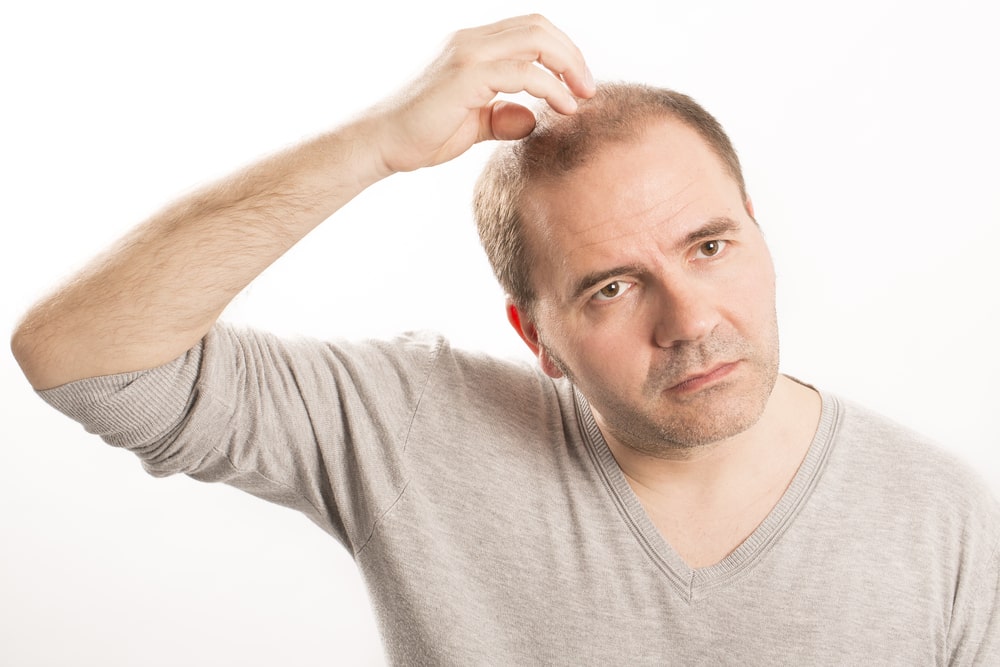
At Skinalaya Clinic, we can provide you with the best hair transplant in Delhi with minimal complications and successful results. Below is everything you need to know about hair transplant treatment.
A hair transplant is a method where a dermatological or plastic surgeon moves hair to a bald site of your head. The hair is generally moved from the side or back of your head to the top or front of your head.
Hair transplant is typically performed under local anaesthesia in a medical office.
Pattern baldness leads to the majority of hair loss. It comes down to genetics. The other cases are due to a number of factors such as:
There are 2 kinds of hair transplant processes as follows:
Hair transplant can promote your appearance which can boost your self-confidence. Ideal candidates for a hair transplant are as follows:
A hair transplant is not a good option for the following cases:
The surgeon minutely cleans the scalp. Using local anaesthesia, he'd then use a small needle for numbing a part of your head.
Two major methods are used for obtaining follicles for transplantation: FUE and FUT.
FUE involves cutting out your hair follicles directly from the back of your head through multiple tiny punch incisions. The following steps are taken in this procedure:
A treatment session may take 4 hours or more. The stitches would be removed about 10 days after treatment.
You may need up to 3-4 sessions for achieving the full head of hair you want. Sessions take place many months apart for allowing each transplant to fully cure.
After hair transplant surgery, the scalp might be sore and you might require to have medications such as:
Most patients can retrieve work many days after surgery.
You would commonly find the transplanted hair shedding 2-3 weeks after the procedure. This makes way for new hair to grow. Most people would find a certain amount of new hair growth about 8-12 months after transplant.
Several doctors prescribe the hair growth drug, finasteride (Propecia) or minoxidil (Rogaine) for improving hair growth. These drugs also help in slowing down or stopping future hair loss.
The side effects associated with a hair transplant are generally minor. They clean up within a few weeks.
Side effects from a hair transplant can include:
Typically, if you have received a hair transplant, the hair will continue to grow in the transplanted sites of your scalp.
The new hair can seem more or less dense based on:
